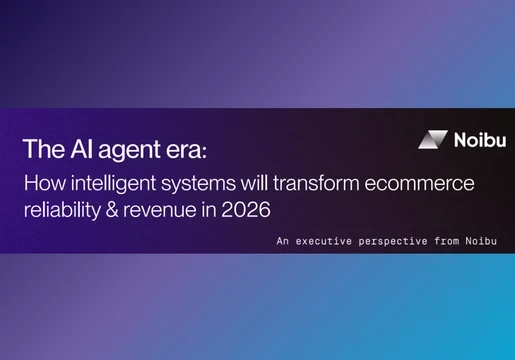By Jane Craven, Sales Director EPOS UK&I
There’s no going back now. Many employees are demanding that they retain the flexibility in their working lives brought about by the pandemic. The hybrid model is here to stay, and organisations need to make it work.
So where do we go from here? First and foremost, businesses and employees need to take stock of the fact that, for all its benefits, there are some drawbacks to hybrid working. Alongside potential knocks to company culture and supervision, one impact that employees may feel as we move further from an in-office 9-5 schedule is burnout.
There have been numerous different reports evidencing this growing trend. For instance, Deloitte’s report, Women at Work 2022: A Global Outlook, found that 53% of women feel their stress levels are higher than they were a year ago and almost half feel burned out. According to MetLife’s 2022 US Employee Benefits Trends Study, 72% of employers say stress and/or burnout are a challenge for their organisation.
So, it falls to decision-makers to find ways to tackle such issues. Many will quite rightly be investing in things like employee well-being and mental health initiatives. However, one element that they might not consider is the importance of the communication tools that we have become so reliant on over the past two years, and how they can contribute to the cognitive strain that eventually evolves into burnout.
Below I’ll outline the importance of investing in these tools, the benefits they provide as well as some of the ways we, at EPOS, are working to make sure our devices do the most they can to help maintain focus, manage stress, and lighten your employees’ cognitive loads.

Bad Audio and Video? Bad business
Before the pandemic, our research found that, thanks to poor audio quality, interruptive background noise and connection issues for both video and voice calls – employees lost on average 29 minutes a week.
A year later in 2021, we conducted similar research to see how the situation had progressed due to remote and hybrid work conditions. In short, we found that employees are spending more time than ever in meetings, clocking up on average seven hours in virtual meetings per week. This is an increase of two hours per week since 2020.
The time cost of poor-quality devices had also increased to 31 minutes per week. In fact, 63% of respondents told us they experienced issues during calls regularly because of poor sound.
Noticeably bad audio can have a major knock-on effect on employees. Beyond the time being wasted, we also found that 26% of employees are left feeling frustrated, irritated, or annoyed; and 19% experience moments of stress because of bad audio.
These may seem like small niggles at first, but employees’ work can and will suffer as they struggle to engage and focus, and there are further psychological ramifications and burnout.
Hearing with your ears, listening with your brain
The way the human body registers sound is far more complex than what goes on in the ear. The ear may pick up on sound, but the brain does the majority of the heavy lifting in interpreting it. Harking back to our instinctive fight or flight response - our brains are constantly analysing the environment and distinguishing sounds and choosing which to focus on and which to register as background noise and, as social animals, we naturally consider human voices a priority sound.
The difficulty this presents is that with hybrid working we’re constantly between physical (in-person) and virtual (speakers/headphones) sounds. The constant jumping back and forth between virtual and physical sounds isn’t what your brain is wired for – ultimately causing a loss in concentration, cognitive fatigue, difficulties in maintaining focus, increased stress, and an overall negative impact on productivity.
While it’s unlikely that many employees will be aware of the scientific links between audio and cognitive overload, our research points to employees at least appreciating the importance of audio on stress on a practical level. Over half (56%) of employees believe that better audio would help prevent moments of stress at work, while 67% believe it will prevent feelings of frustration, annoyance, and irritation. In a time when employee burnout is causing major disruption, finding the tools to achieve these results will be absolutely vital to managing one’s approach to hybrid working.
Putting the pieces together
Yet, simply investing in higher quality audio isn’t necessarily enough. Decision-makers must make sure those solutions provide a seamless experience for employees, and that they’re equipped with the right functionality to enable better communication and collaboration.
For instance, do the devices work with not only the UC platform that your organisation uses but the platforms of choice for your partners, clients, and customers? Do they utilise noise-cancelling technology? Can users easily switch between their phone, laptop, or meeting room devices? These are just some questions and quality of life considerations that business leaders must keep in mind when procuring these solutions.
The sound of hybrid work to come
As hybrid work matures and businesses continue to shift from crisis to recovery, undoubtedly new challenges will appear, and new solutions will be needed. But, if business leaders are willing to go that extra mile early on and equip their employees with the tools they need today, then it clears the path to stress-free, productive, and seamless hybrid working.







Comments ( 0 )